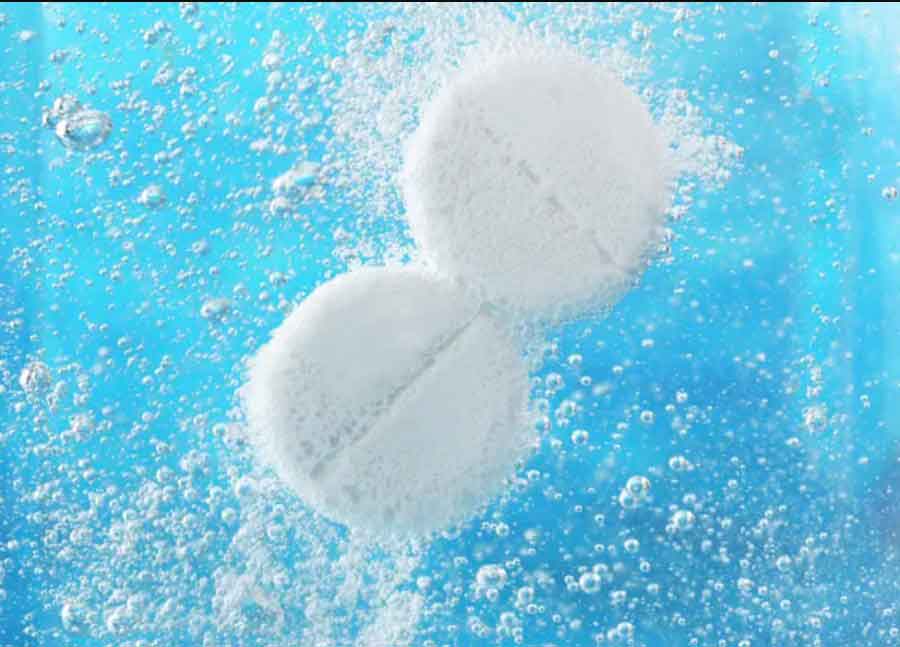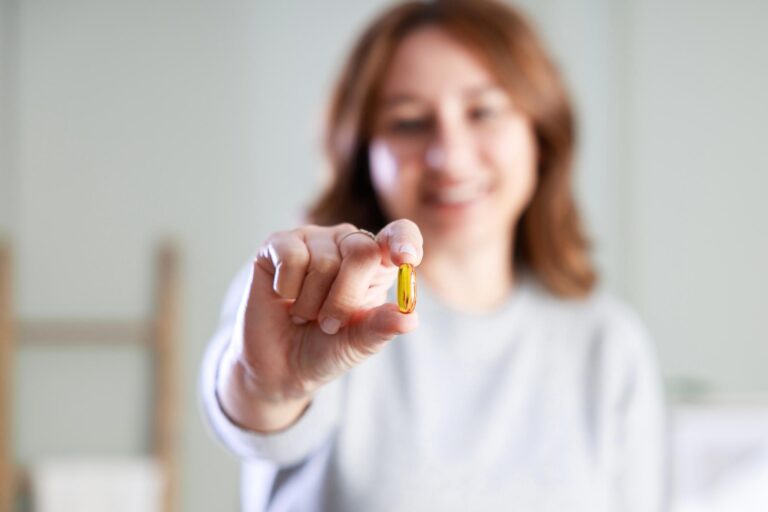
Why has solubility become a challenging aspect?
The effectiveness of orally administered medicines hinges on the drug’s ability to dissolve in the gastrointestinal tract and promptly enter the bloodstream. Should the drug exhibit limited solubility in water or fail to permeate the gut wall, it may not be absorbed into the circulation effectively, severely compromising its effectiveness. The proliferation of new chemical entities (NCEs) with poor water solubility has surged steadily over the last 20 year, with estimates indicating that up to 90% of new drug candidates in development suffer from this malady. Consequently, attaining satisfactory oral bioavailability of new drug candidates is increasingly daunting. Numerous factors contribute to this unsettling trend.?
One of the prime catalysts of this issue is the use of modern drug discovery techniques such as combinatorial chemistry and high-throughput screening to identify potential drug candidates. Although these tools can efficiently identify compounds that possess exceptional potency and selectivity for biological targets, they often feature highly hydrophobic and voluminous chemical structures, which inevitably result in poor aqueous solubility. Figure 1 vividly portrays the impact of combinatorial chemistry and high-throughput screening on the nature of compounds that enter drug development programs. Nevertheless, the indispensability of achieving satisfactory solubility and permeability for orally administered drugs cannot be overstated.
The Developability Classification System
In 1997, Amidon and colleagues introduced the Biopharmaceutics Classification System (BCS), which is a valuable tool for classifying drugs based on their aqueous solubility and permeability across the gut wall. The BCS has become a crucial regulatory aid for facilitating biowaivers. In 2010, Butler and Dressman took the BCS to new heights by creating the Developability Classification System (DCS), a revolutionary system that enables formulators to identify and overcome biopharmaceutical challenges in the oral delivery of small molecules..
The DCS builds on the BCS by introducing additional cutting-edge concepts that provide unmatched insights into a compound’s potential for oral administration. The system places more
emphasis on the impact of the total administered dose (compared to the highest dose strength used in the BCS) on a compound’s oral bioavailability. It also breaks down Class II drugs (poorly soluble/freely permeable) into two highly specific subcategories:
-
- Class IIa: Absorption is dissolution rate limited
-
- Class IIb: Absorption is solubility limited
Figure 2 illustrates the dynamic DCS system and provides guidance on the ideal formulation strategies for drugs in each category.
Selecting The Optimal Formulation Strategy
The first step towards formulating a drug substance is often utilizing the Developability Classification System (DCS) to categorize the compound. However, as mentioned previously, there may be various potential formulation strategies identified for further evaluation. Hence, choosing the optimal approach to explore becomes critical. Apart from the DCS, advanced decision trees and other robust support tools can assist in identifying the best formulation strategy for poorly soluble drugs. Additionally, conducting comprehensive small-scale screening protocols can provide a rapid and effective means of assessing the feasibility of various solubility-enabling technologies for drugs.
Most poorly soluble compounds in development fall under the Class II (poorly soluble/freely permeable) category. For compounds categorized as Class IIa, reducing the particle size of the drug substance, such as micronization, is often sufficient to achieve a dissolution rate suitable for adequate oral bioavailability. However, for compounds classified as Class IIb, a more strategic approach is required to enhance the drug’s aqueous solubility.
Several robust technologies are typically employed for Class IIb compounds, including:
1. Spray Drying: Spray drying has emerged as a prominent technique for augmenting the solubility and dissolution rate of poorly soluble drugs. By atomizing a drug-polymer solution or suspension into fine droplets and rapidly drying them with hot air, spray drying enables the production of dry powders containing drug particles embedded within a polymer matrix. This process facilitates the creation of amorphous solid dispersions, which? exhibit enhanced dissolution properties and improved bioavailability. Meticulous control of process parameters such as inlet temperature, feed rate, and drying gas flow allows customization of drug-polymer formulations to optimize therapeutic outcomes.
2. Self-Emulsifying Drug Delivery Systems (SEDDS): SEDDS represent a sophisticated lipid-based approach designed specifically to overcome the solubility and oral absorption limitations of lipophilic drugs. These systems typically comprise a carefully balanced mixture of oils, surfactants, and co-solvents that spontaneously form emulsions when exposed to gastrointestinal fluids, resulting in the creation of fine oil-in-water emulsions. By harnessing the principles of emulsion science, SEDDS enhance drug solubility within the emulsion, leading to improved dissolution and facilitating enhanced drug absorption. The versatility of this advanced technology allows for tailored formulation design, enabling optimization of drug loading, stability, and targeted release through appropriate selection of lipid composition and surfactants.
3. Nanosuspensions: Nanosuspension technology has emerged as a promising strategy for enhancing the dissolution and bioavailability of poorly soluble drugs. This approach involves reducing the particle size of the drug to the nanometer range using high-pressure homogenization or media milling techniques. The resulting nanosized drug particles exhibit significantly increased surface area, resulting in improved dissolution kinetics and faster drug release. Nanosuspensions can be formulated as stable aqueous suspensions or incorporated into solid dosage forms like tablets or capsules. Moreover, the nanosuspension approach provides the flexibility to modify particle characteristics, such as surface charge, thereby enhancing stability and enabling targeted drug delivery.
These advanced technologies offer great promise in overcoming the challenges associated with Class IIb compounds by enhancing their solubility, dissolution, and bioavailability. However, it is imperative to consider the specific physicochemical properties of the drug, formulation requirements, and manufacturing considerations when selecting and optimizing these approaches for successful implementation in pharmaceutical development.







